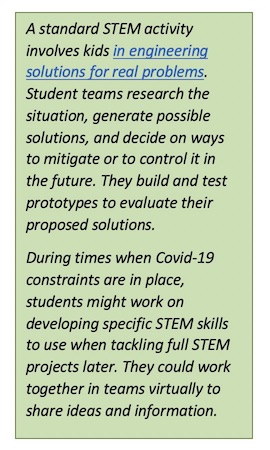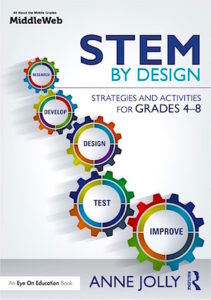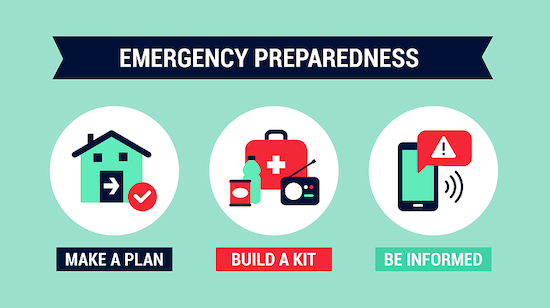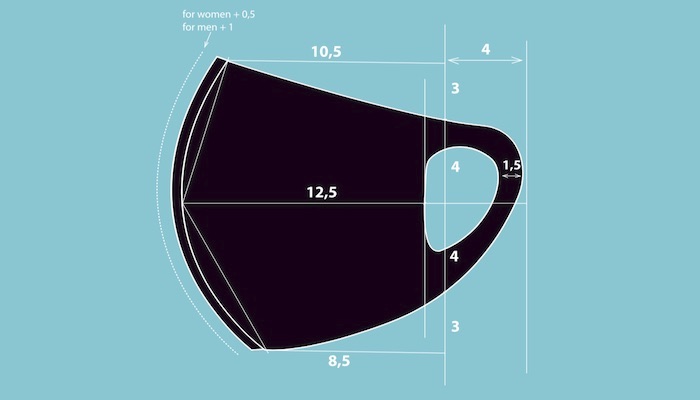Basing STEM Lessons on Real Life Disasters
A MiddleWeb Blog
 Disasters always held a morbid fascination for my students, and with good reason.
Disasters always held a morbid fascination for my students, and with good reason.
Our location near the Gulf Coast put us on alert – and often in the path – for annual hurricanes.
Even when we escaped a devastating hit, students frequently had friends and family who were walloped by high winds, storm tides and flooding.
Their interest naturally focused on the destruction caused by these big blows. What kinds of structures might withstand hurricane force winds better? How could the cleanup move faster and more efficiently? Where could people left homeless get assistance? What could we do to repair the damage to the environment?
My students were eager to investigate hurricane-related issues, and a STEM framework offered the perfect vehicle for working on up-close and personal real world problems.
Now 2020 has rocked the world
I can only imagine the reactions of today’s middle school STEM students to 2020’s seemingly endless series of disasters, including a global pandemic, over 40 hurricanes, widespread flooding, and out-of-control wildfires, to name just some of the major calamities.
Covid-19, in particular, has unsettled their lives. Students everywhere struggle with unprecedented disruptions to their school, social, and daily customs. They endure mental and emotional fallout, and some suffer from the economic impact on their families.
While STEM lessons and activities won’t alleviate suffering and loss, they can give your students some sense of purpose and a feeling of action as they work to build knowledge and skills for dealing with disasters. Let’s brainstorm that idea.
Building competencies
First, we know that the STEM activities you might typically facilitate will require rethinking and redesign since students remain physically separated from one another, even when they’re in an actual classroom.
Together with your students, begin by deciding what disaster to concentrate on. Then consider the question, What specific competencies do my students need to design solutions for this problem? (Check out this Engineering Design Process teacher tool.) Focus on one or more areas that you think can help them develop the skills implied for students to work this way.

As students work together to mitigate the impact of a particular disaster, you have a golden opportunity to help them build SEL skills as well. Two particularly powerful skills to consider in this context are empathy (caring) and responsibility. Students can begin to look at the tragedy of a disaster through the eyes of the people it affects. Working to mitigate the effects of a disaster increases their sense of caring and responsibility for others’ welfare.
So how will you personally gear up for this STEM disaster adventure?
I adapted many of the workable and effective projects I led from trustworthy online sites. I’ll give you my three favorites.
► A prime go-to site for Disaster Engineering is eGFI for Teachers. I start with this Disaster Engineering collection to locate classroom-ready STEM lessons on all sorts of disasters (hurricanes, earthquakes, tornados, tsunamis, coastal erosion, etc.). The lessons also include brief informational videos to help kids understand each problem.
► TeachEngineering STEM curriculum also features disaster engineering lessons and activities. Scroll down and you’ll locate a long list of possible topics. While some of the activities are not full-blown STEM projects, they can help you build some skills that help kids work successfully on STEM projects.
► This Link Engineering post has some terrific suggestions for questions students might want to work on solving for our most common natural disaster – flooding.
Engineering Covid-19 Solutions
Now let’s turn to our most recent and widespread disaster . . . Covid-19. One popular STEM project currently involves engineering face masks designed to mitigate the infection rate of Covid-19. If you and your students choose to tackle this STEM challenge, be sure to include information to help them design truly effective masks.
For example, a simple mask featuring just one thickness is much less effective than a double-thickness mask. The CDC has an excellent article on Considerations for Wearing Masks that can help kids make decisions about the style and effectiveness of the mask they design.
Before students start working on mask design, I recommend you provide the CDC article, or send them the link (the page is updated when new research is available) and ask them to use it in their research. Then ask them questions about features of masks that are better at blocking Covid-19 transmission to help them solidify their thinking.
Use information they gather to set some criteria for the face masks they design. For example, you might include these criteria:
- The mask must fit snugly
- It must be made from tightly-woven fabric
- It must have two or three layers
- You must be able to breathe easily while wearing it.
Engineering face masks can be done (preferably) in teams of students – in person or in virtual teams. During this atypical time, however, individual students could also tackle this challenge. Once students have designed a face mask that meets the criteria, they may want to wear this during in-person classes at school. For helping kids gain an understanding about wearing a mask at school safely, this short YouTube video may be helpful.
Disaster Engineering
So, with that basic information in mind, you’re ready to begin designing STEM lessons focused on engineering for disasters. Use this and every opportunity to engage your students in STEM topics that interest them, as you take advantage of circumstances to build students’ competencies in dealing with difficult situations.































